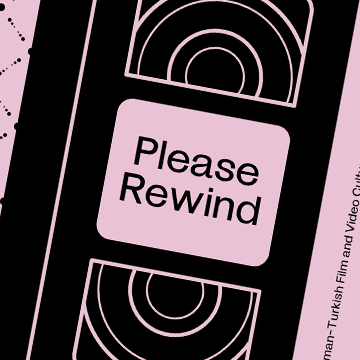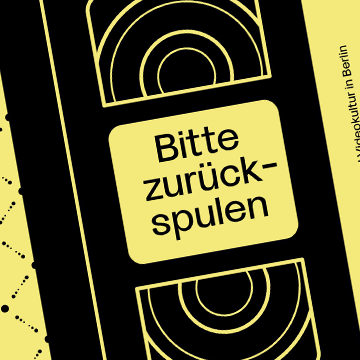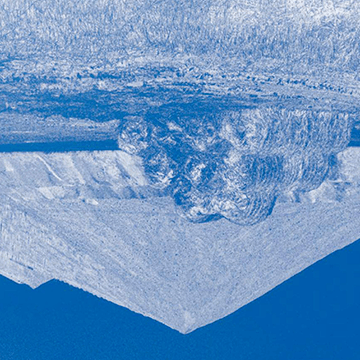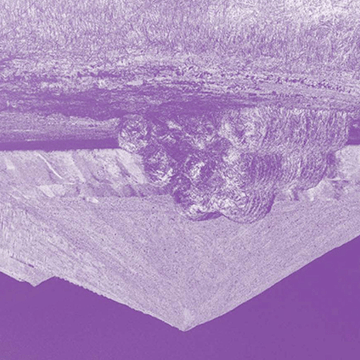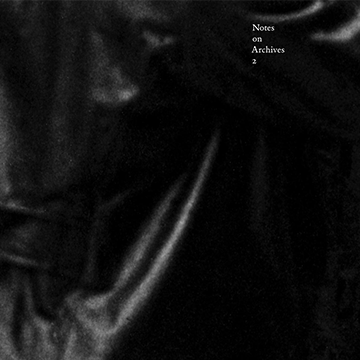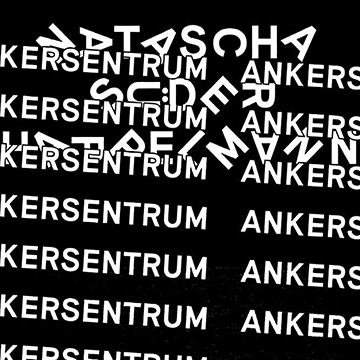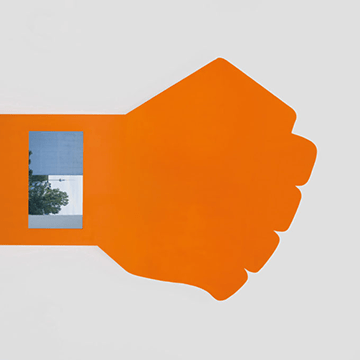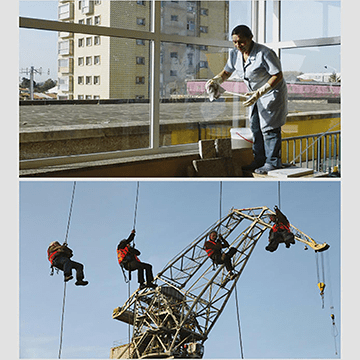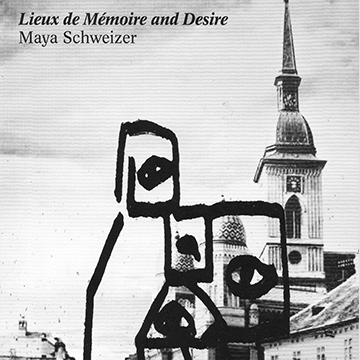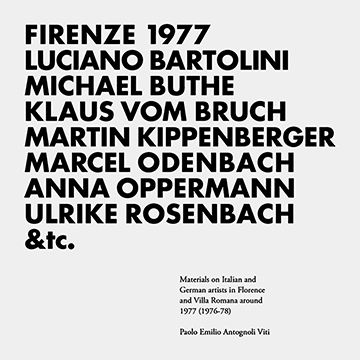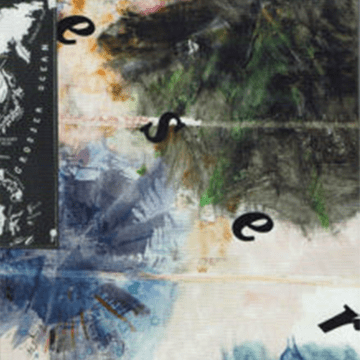Along with labor migration from Turkey, Turkish film culture has, over the years, established itself in West Berlin. Starting with screenings of Turkish films in Berlin cinemas, the video cassette conquered the market in the 1980s. Video nights became important family events; the video rental industry was booming. In addition to the import of videos from Turkey, videos which examined experiences of migration and ques- tions of identity were also produced in Germany. This publication is dedicated to the re-discovery of the German-Turkish film and video culture which continues to shape the post-migrant society to this day.
Tag: Germany
Bitte zurückspulen. Deutsch-türkische Film- und Videokultur in Berlin
Mit der Arbeitsmigration aus der Türkei etablierte sich über die Jahre auch die türkische Filmkultur in Westberlin. Angefangen mit Vorführungen türkischer Filme in Berliner Kinos, eroberte in den 1980er Jahren die Videokassette den Markt. Videoabende wurden zu wichtigen Familienevents, das Video-Verleih- geschäft boomte. Neben dem Import von Filmen aus der Türkei wurden auch in Deutschland Videos produziert, in denen Migrationserfahrungen und Identitätsfragen thematisiert wurden. Diese Publikation widmet sich der Wiederentdeckung dieser deutsch-türkischen Film- und Videokultur, welche die postmigrantische Gesellschaft bis heute prägt.
wild recuperations. material from below
Dissident practices and sociabilities of the late GDR unfolded in a present that was largely detached from any utopian future. Their traces are alive in the memory of those involved in the cultural and political underground at the time and in numerous materials and documents held in archives and collections. This book is the result of a transdisciplinary research process that brought artists, researchers, writers, curators, archivists, activists, and multiple interlocutors together at the Archive of the GDR Opposition in Berlin.
wildes wiederholen. material von unten
Die Erfahrungen des gemeinsamen widerständigen Lebens in der von jeder utopischen Zukunft gelösten Gegenwärtigkeit der späten DDR harren noch immer einer differenzierten Bearbeitung. Ihre Spuren sind in der Erinnerung der damals Involvierten und in zahlreichen Dokumenten und Materialien in Archiven und Sammlungen aufgehoben. Dieses Buch ist das Ergebnis eines vielstimmigen und transdisziplinären Arbeitsprozesses von Künstler*innen, Autor*innen, Forscher*innen, Kurator*innen, Archivar*innen, Aktivist*innen und weiteren Gesprächspartner*innen im Archiv der DDR-Opposition.
Notes on Archives 2
Culture Is Our Business considers the case of Willy Römer, who in 1919 took a photograph of the street battles in the media district of Berlin during the German Revolution. Circulating widely throughout the twentieth century, Römer’s photograph in 2004 came to be owned simultaneously by a number of archives. Among them were the commercial stock-image agency Corbis, founded by Bill Gates, and the Agentur für Bilder zur Zeitgeschichte (Agency for images on contemporary history), an independent organization established by photo historian Diethart Kerbs.
Ankersentrum (surviving in the ruinous ruin)
Natascha Süder Happelmann deals with what could be called ruinous spaces. Spaces that have created conditions or facts that are irreversible or irreparable. Natascha Süder Happelmann is of the opinion that some spaces are already ruins at the time of their creation. Their ruinous character is often already inherent in the idea behind them. It is precisely these spaces that Natascha Süder Happelmann seeks out in her quest for the unstable formations of possibility and survival. Throught her collaborative practice Natascha Süder Happelmann’s reassesses the conditions and spaces for artistic action and activates aesthetic research in political and social contexts.
The Fine Art of Living
Gentrification is not a law of nature, it is a war against the poor. It is a carefully planned development in cities, where it is welcomed and supported by political actors who prefer wealthy citizens. From 2008 until 2018, Berlin artist Ina Wudtke’s works focused on the displacement of low income tenants from their apartments in the city center, through massive rent hikes and with the help of judicial instruments like the so-called “Modernisierungsklage”, a tool used by landlords to revamp apartments for future high income tenants, or the so-called “Eigenbedarfsklage”, whereby the new owners of former public housing claim occupancy against longterm tenants.
Buon Lavoro
Stonemasons, cinema staff, a climbers’ cooperative, a group of 1970s militants. These communities testify to a period of upheaval that swept across Europe from the late 1960s to 1989. The fragments of biographies and the social relationships that Cora Piantoni depicts, are episodes in the context of this historic narrative: the legacy of anti-fascism in Italy, political dissent in the former Eastern Bloc, the fall of the Berlin Wall.
Lieux de Mémoire and Desire
The publication presents five cinematic works of Maya Schweizer and examines how the artist approaches the relation of montage editing techniques with the concept of film and memorial and film as memorial – a relation which traces back to both the very beginnings of montage and incorporates the research of French historian Pierre Nora. Recurring moments in Schweizer’s multiform art practice revolve around the examination of subtly treated processes of memory regarding historic-political events in public space. In the places, structures and situations she investigates, historical threads intersect.
Firenze 1977
Firenze 77 tells the story of a number of artists who passed through Florence, and Villa Romana, between the second half of the 1970s and the early 1980s. This book brings together a series of notes, comments, book summaries and various kinds of devices and does not pretend to be other than a collection of heterogeneous, autonomous material and is open to the prospect of a future, broader and unified work.
Eser
Eser is a comprehensive publication on Judith Raum’s works, installations and lecture performance texts from 2011 to 2014. It is also a theoretical reader and material collection on the semi-colonial advance of German entrepreneurs and bankers into the Ottoman Empire before World War I in connection with the construction of the Anatolian Railway. In this frame, the logic of capitalism and geopolitical interests connected the engineers’ tasks with less obvious efforts: to get a hold of Anatolian agriculture, archaeology and the working conditions in the country. Judith Raum’s work suggests that gestures and rhetoric of power and domination are the consequences of an economic principle that did not end with the colonial era and in fact persist today. Her works and texts take her research on site and in archives as a starting point, they exhibit an autonomous aesthetic dimension, however, and as such suggest an alternative approach to ‘artistic research’.
